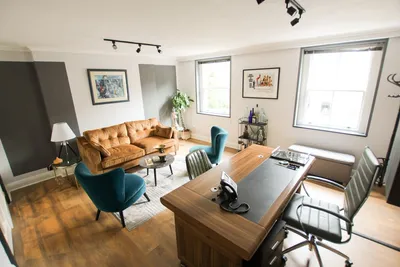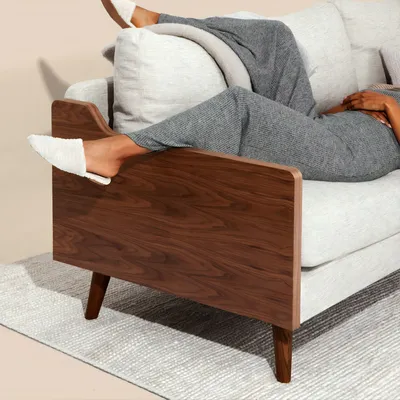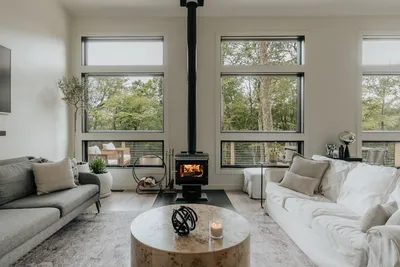Mastering Color Theory in Modern Furniture Design

Understanding the Basics of Color Theory
Color theory is a crucial aspect of modern furniture design, affecting not only aesthetics but also the atmosphere of a space. It involves the mindful selection and combination of colors to create harmonious and visually pleasing environments. By understanding color theory, you can effectively use color to accentuate certain design elements or evoke specific emotions within a room.
Primary, Secondary, and Tertiary Colors
The color wheel is a fundamental tool in color theory, showcasing primary, secondary, and tertiary colors. Primary colors, which include red, blue, and yellow, serve as the base for creating other hues. Secondary colors are formed by mixing primary colors, resulting in green, orange, and purple. Tertiary colors are created by combining primary and secondary colors, offering even more depth to a palette.
Exploring Color Schemes
Various color schemes guide designers in selecting palettes that promote visual harmony in modern furniture design. Some popular schemes include:
Monochromatic
This scheme uses variations in lightness and saturation of a single color, often resulting in a unified and tranquil look that's perfect for minimalist spaces.
Complementary
Utilizing colors located opposite each other on the color wheel, complementary schemes offer a vibrant contrast that can highlight key furniture pieces.
Analogous
Combining colors that are adjacent on the color wheel, analogous schemes are typically more harmonious and pleasing to the eye, ideal for creating a serene environment.
Applying Color Theory in Furniture Design
When designing modern furniture, applying color theory can significantly impact the perceived space. Consider the influence of color on texture and material choices. For example, a plush velvet sofa in a deep blue tone can serve as a focal point in a living room, inviting comfort and sophistication. Similarly, using warm-toned wood with complementary soft textiles can create a cohesive and warm atmosphere in dining areas.
Balancing Color in Small Spaces
In compact living situations, well-balanced color choices can make a big difference. Light colors tend to make spaces feel larger and airier, while darker tones can add depth and a sense of intimacy. Skillfully balancing these colors can enhance the functionality and aesthetic appeal of your furniture layout.
Conclusion: The Power of Color in Design
Color is a powerful tool in modern furniture design, capable of transforming a space and influencing mood. By mastering color theory, you can create dynamic and cohesive interiors that are not only functional but also stylish. Whether opting for a bold, contrasting palette or a subtle monochromatic scheme, let color be your guide in bringing your design vision to life.



